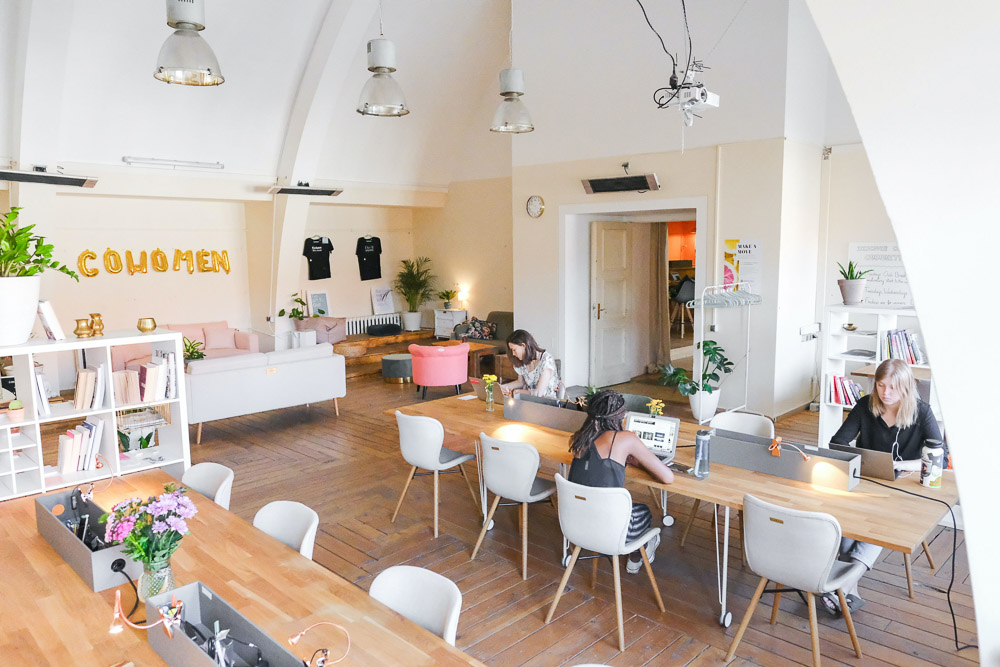Future of living challenge by Rhomberg Bau
How might we design a sustainable and socially inclusive housing concept for the Home of the Future?
About the Rhomberg Bau Group
The Rhomberg Bau Group headquartered in Bregenz, Austria and Zurich, Switzerland, is operating in the construction, resources and railway sectors. The group currently employs around 2800 people and has locations and subsidiaries in Austria, Switzerland, Germany, Ireland, United Kingdom, Australia and Canada. In its construction division, the Rhomberg Bau Group acts as a full service provider and offers solutions and services for all phases of the life-cycle of public and private buildings. The range of services provided by the Rhomberg Bau Group extends from design and project development to (private) housing, civil engineering and building through to conversions, refurbishment and the management of real estate and business parks.
The challenge
New forms of living and working are in demand. Since the end of the lockdown, coliving has gained ground faster and more intensely than before the Covid crisis. The segregation resulting from the lockdowns is awakening the need for community among many people. Living has become the most important place of retreat in our society. As a result, a new awareness of housing as a central focus of life has developed. The demands placed on living have changed. The future home doesn’t have to be large, but feeling comfortable within one’s own four walls is becoming a must. Connectedness to other individuals, affordability and sustainable living have become central pillars of future development projects in the housing sector. The success of the coliving trend is a good example of this. Coliving refers to a residential community living model that hosts people with no biological relations. As real estate developers, we increasingly have to forego single-use thinking in buildings. “H’Office” – living, working, experiencing – is already the main success factor for livable neighborhoods. We no longer think in terms of rigid targets or age groups. We focus on the residents, their needs, concerns, and wishes. Our Sustainable Development Goals (SDG) focus is on sustainable cities and communities (SDG 11) and life on land (SDG 15).
How might we design a sustainable and socially inclusive housing concept for the home of the future? What will the future of living look like – from the big picture to the details? For our challenge, we ask you to design a concept for the “Home of the Future”. By concept, we mean a basic overview of a new housing model containing the key features you would like to see realized. Think about the type of residents, where they live, their needs and behaviors, but also about the characteristics of the built environment, which are needed to fulfill such requirements. Make your vision concrete and specific by using images and physical and digital models.
Pick one or two key aspects when working on your housing concept:
– Coliving/Community: The Home of the Future envisions a mix of optimized floor plans, high-quality apartment amenities, community spaces, and sharing opportunities. It is welcoming students, single professionals, all kinds of family structures, including single-parents, patchwork, etc., and the silver generation. Show useful and promising analog and/or digital features which support a vivid community.
– Sustainability: The Home of the Future has sustainability at its core. Consider how environmentally friendly construction methods, water recycling systems, green areas, furniture and other sustainable solutions can enhance the life quality of the residents and the energy efficiency of the building.
– Ownership/Financing: The Home of the Future is affordable. Uncover alternative ways to enable homeownership for different social classes. Think about potential collaborations with banks, social housing foundations, pension funds, insurance companies, or service providers.
– Design/Architecture: The Home of the Future combines modular design with prefabrication methods in a diverse mix of apartment types and flexible programs that can easily adapt over time. Create solutions for maximum adaptability for the individual housing solutions, ranging from the floor plan to the interior design. Think about, how furniture can support solutions of ideal living situations.
Collaboration incentive
The winning team will receive a goodie bag, and the best participants will be invited to accelerated interviews for a 6-months student trainee position (working student). In addition, CASA Möbel will reward the best furniture-related idea with a surprise goody bag.
We are happy that we identified a colleague from our first InnoDays challenge in 2018. The 2019 InnoDays winner from our challenge implemented their project with our mentoring and resource support (see this post). We are engaged in a research collaboration with the 2020 winner. We are engaged in a research collaboration with the 2020 winner.


